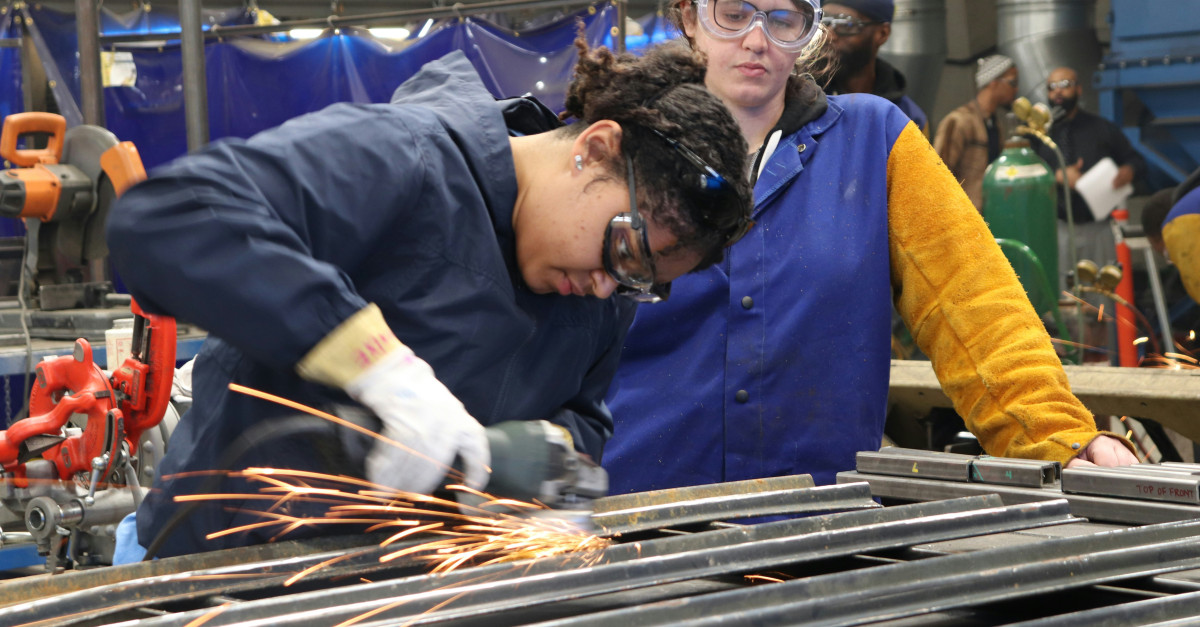If you have ever invested time, funds, and effort into training new employees only to watch them depart, underachieve, or expect more than they contribute, you are not the only one. Numerous employers—particularly those running small businesses or managing teams in industries with high staff turnover—often hit a limit and decide, "No more!"!
Tired of the Inconvenience Fed Up with the Troubles Exhausted by the Annoyance Sick of the Nuisance Done with the Hassle Fed Up with the Irritation Fed Up with the Problem Fed Up with the Disturbance Fed Up with the Complication Fed Up with the Upset
The urge to not hire anyone below 30 might seem like a sensible choice based on experience. However, giving in to this frustration could put you in risky situations.legalwaters - worse, it may lead you to miss outskilled, committed young professionals who could be precisely what your company requires.

Why The Frustration Happens
Hiring younger employees frequently presents difficulties. The absence of professional experience requires more thorough training, whilesome younger workers might view their positions as short-term opportunitiesEmployers might also face differences in communication styles or work expectations across generations.
Examining Recruitment Methods Closely
These challenges are genuine, yet they do not apply to everyone. Disappointment often accumulateswhen recruitment and development processes fail to consider compatibility, standards, or methods for keeping employees. Instead of excluding a whole generation, it is more effective—and legally secure—to enhance your hiring and support processes for new graduates.

Age Bias and Legal Frameworks
In the United States, discrimination based on age isillegalprotected under the Age Discrimination in Employment Act (ADEA), but here's the catch: ADEA offers protection to workers aged 40 and above. This implies that in absolute termslegalIn this context, there are no federal laws that prevent discrimination against younger employees—for instance, refusing to hire someone who is 22 years old. However, this does not mean it is a wise decision.
The Downside Risk
Some states and local governments have their own extended anti-discrimination regulations, and even if it is technicallylegal, establishing a hiring policy based on age can lead to negative consequences regarding workplace culture, reputation, and diversity. Moreover, using age as a selection criterion—whether directly or indirectly—can result in increased scrutiny, unfavorable media coverage, and a reduced pool of potential candidates.
The Undisclosed Expenses of Age Discrimination
If you decide not to hire anyone below the age of 30, you might escape some immediate challenges—but you'll also restrict your company's ability to grow, innovate, and gain new viewpoints. Younger workers offer advantages that are often underestimated.

What Young People Can Contribute to the Table
More than their baby boomer counterparts, younger employees are recognized for their technological proficiency, flexibility, and up-to-date understanding of new trends. Their eagerness to learn and grow can add more value through long-term potential—provided they are supported effectively. When employers focus on effective orientation, guidance, and professional growth opportunities, younger staff can develop into dedicated and highly beneficial team members.
Alternative Approaches to Age-Related Recruitment
Rather than basing employment choices on age, concentrate on personality characteristics and principles throughout the hiring process. Inquire about responsibility, future aspirations, and past experiences. Employ scenario-based andinterviews focused on problem-solving to assess level of maturity and analytical skills.

Induction During a Trial Period
Provide trial periods, internships, or project-based agreements prior to offering permanent positions. Additionally, you may establish formal mentorship initiatives, pair new hires with peer mentors, or introduce more defined performance standards to support young workers' growth without overburdening experienced staff. Keep in mind that employees should clearly understand the benefits they will receive in return.
How to Transform Frustration into a Plan
It's acceptable to experience burnout when training employees who don't remain with the company for long. However, avoid letting frustration affect your business's inclusivity, competitiveness, or legal standing. Adjust your hiring approach to prioritize attitude rather than age, and enhance your employee retention methods. There are several important questions you can ask yourself to achieve this.

The Secrets of Retaining Employees
To maximize your chances of keeping top talent, consider: Are we communicating expectations clearly from the start? Are we offering sufficient support for their development? Are we recruiting based on cultural alignment, not just technical abilities? You may discover that some of your most promising future employees are still in their 20s—but more ready, dedicated, and skilled than ever before.
Don't Shut the Gate on Young People—Improve the System
Many people feel frustrated about high employee turnover, but the solution is not to stop hiring younger individuals completely. Rather, modify your hiring, training, and retention approaches to help you find the best fit for your team, no matter their age. Apart from being legally problematic, age-based bias should never be used as a way to assess ability or future potential. Recruiting based on attitude, dedication, and flexibility—rather than their year of birth—results in more effective teams and a stronger company.
You May Also Like:
This Is The Single Easy Adjustment Required To Accelerate Your Business Growth
Customers Share The Irritating Behaviors Of Businesses That Immediately Drive Them Away
